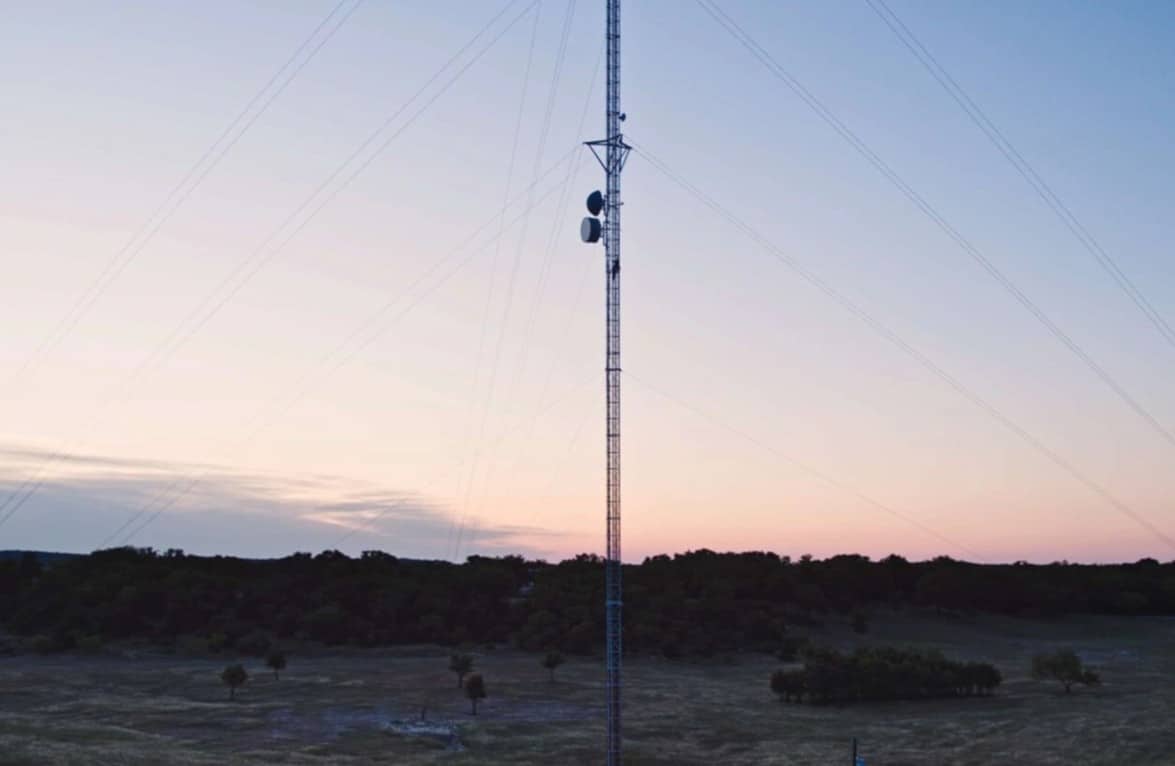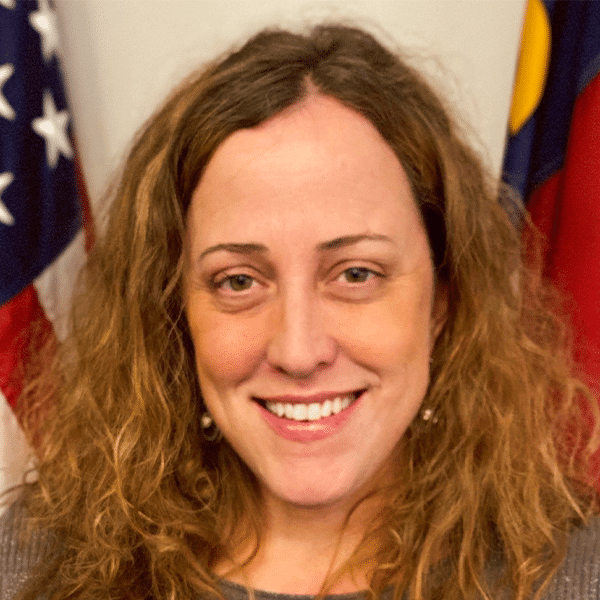Mediacom, the nation’s fifth largest cable operator, said it will use equipment from Ericsson to provide fixed wireless service in rural areas using CBRS band spectrum.
The cable company didn’t detail how many customers it expects to reach or the markets it will serve, but the company won 576 licenses for 178 counties in the 2020 CBRS spectrum auction.
CBRS spectrum lies between 3550 and 3700 MHz and is considered mid-band spectrum, which is widely viewed as providing the optimum mixture of range and speed for wireless deployments. The spectrum is available on a licensed and unlicensed basis, which means that Mediacom potentially could offer service beyond the 178 counties where it won licenses by using unlicensed spectrum.
Today’s press release about Mediacom CBRS plans came from Ericsson and noted that Mediacom will use Ericsson 4G and 5G radio access network (RAN) offerings.
According to Ericsson, Mediacom will be able to offer fixed wireless access over distances as great as nine miles from each tower location.
The press release didn’t state the speeds that Mediacom plans to offer. But Midco, another cable company that is deploying fixed wireless using CBRS, offers speeds up to 100 Mbps.
Often that’s a big improvement over the internet connectivity options previously available in rural areas. Recognizing the pent up broadband demand in rural areas, cable companies have become increasingly interested in serving those markets.
The biggest example of this comes from Charter Communications, which was one of the biggest winning bidders in the Rural Digital Opportunity Fund auction. The fund is designed to cover some of the costs of bringing broadband to unserved rural areas, with funding for an area going to the company that committed to the buildout for the lowest level of support.
Charter plans to use fiber broadband, rather than fixed wireless, for its RDOF buildouts. But its motivation likely is the same as for any cable company planning to expand broadband to rural areas, regardless of the technology used.
Charter views its rural broadband expansion as a means of gaining new customers for multiple services, including voice and video as well as broadband. And although the investment required is higher than in metro areas, there is less competition, which means that the cable companies are well positioned to gain substantial market in rural areas where they deploy broadband.
Cable companies have not traditionally pursued government support for broadband deployments. But Charter’s RDOF participation could be a sign of things to come as government support for rural broadband reaches historic levels, perhaps driving further cable company interest in rural broadband. And fixed wireless using CBRS, such as what Mediacom is doing, could be one of the more cost-efficient strategies in that area.



